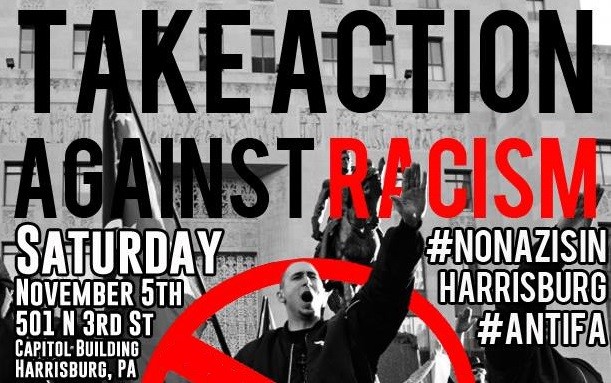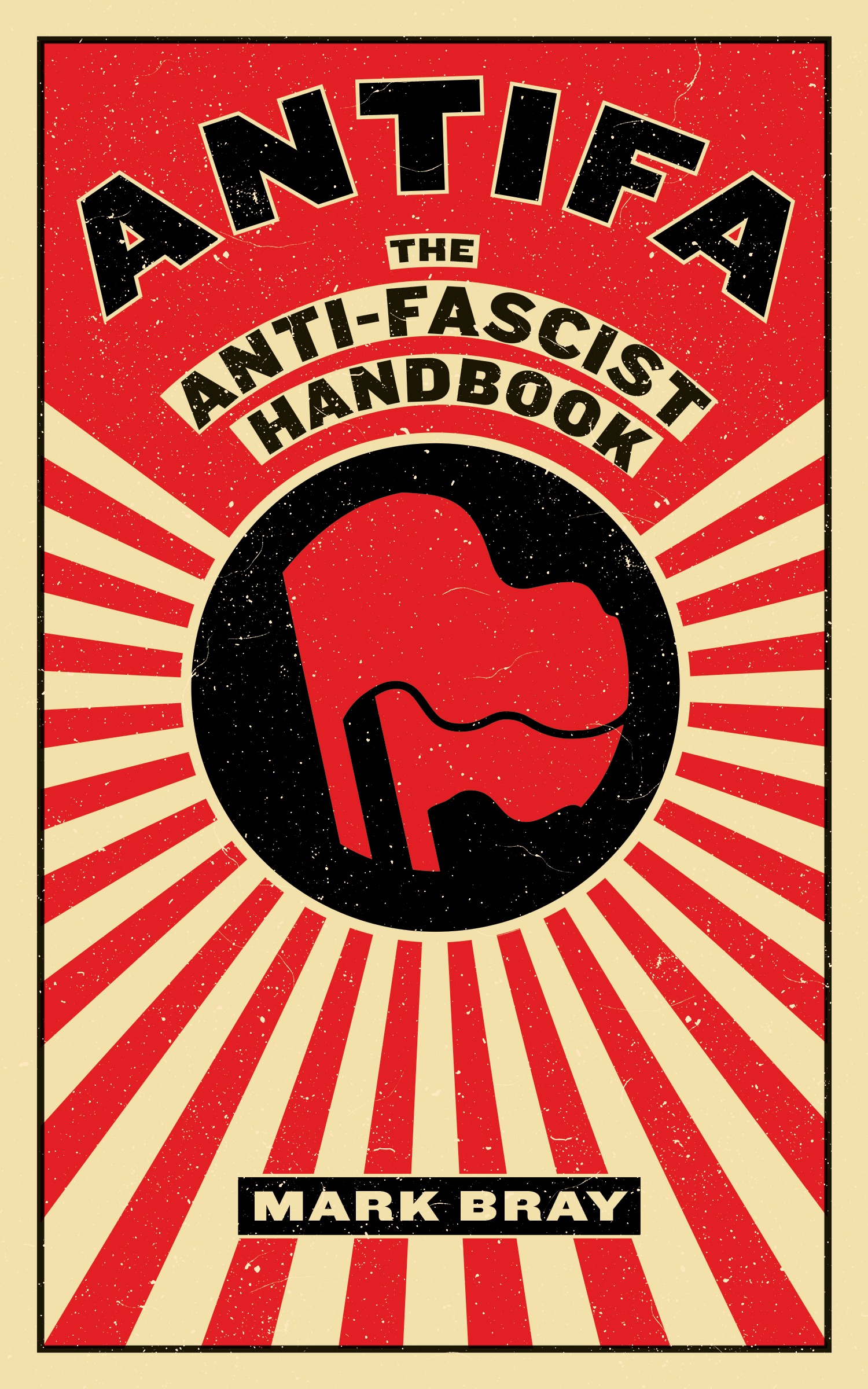“On Saturday, November 5th, the National Socialist Movement (NSM), one of the largest Neo-Nazi and white nationalist organizations in the US, along with… the Traditionalist Worker Party (TWP), will attempt to hold a rally at the State Capitol of Pennsylvania, in the city of Harrisburg.”
“Across the US, from cities to rural areas, it is imperative that anarchists and anti-authoritarians strive to build organizations to battle the emboldened far right, to advocate through militant action the needs of working-class communities, and to combat state repression… We are encouraged that so many have taken to the streets across the country. We hope more will do the same. Trump’s attacks in the form of policy and his supporters physical attacks and intimidation, must be opposed from day one.”
“If we want to understand the alt-right’s strengths and weaknesses, we need to understand what it shares with older white nationalist currents — but also what sets it apart.”
“This list is intended to provide selected, entry-level, knowledge, terms, and analysis, as well as a bit of history, for those new to antifascist thinking or organizing. Note that these articles often contain conflicting perspectives on the topics of fascism they consider. We do not endorse any particular perspective associated with any of the pieces referenced, but do consider them all useful to consider, in various ways.”
“I think some folks, many folks… try to divide the concept of a mass response with a militant response. That it’s only possible to do one or the other. I think we really want to challenge that. We think that what’s needed is both. And that’s not easy…but that’s our goal. To build a mass, militant movement that includes lots of people and that uses lots of tactics in order to confront this threat.”
“It’s important that we not let our history of struggle be claimed by the liberal narrative that the civil rights era was built on a dogmatic commitment to ‘nonviolence’. Black and African people have had to physically, mentally, and emotionally defend their communities from State and white supremacist terror, and it was organized. Groups like the Deacons for Defense, Black Liberation Army, and Black Panther Party understood why a self-defense approach in the face of police and reactionaries was necessary.”
“They not only ran the nazis off campus, they caught up to some of them in the town and pushed, beat, or taunted at least a few of them to chants of ‘Tigertown Beats Nazis Down’. This sudden militancy of the crowd was a victory salvaged from the jaws of defeat; the militant posture of the black bloc was not only completely ineffective, but at several points it led to the edge of disaster. We have to wonder at this point whether the presence of the black bloc had any positive impact.”
“With this march in Charlottesville, the far right has crossed a threshold. Until now, they appeared to be a motley array of online groups, most of which lacked the courage to identify unironically with fascism. Today, they have arrived as a social movement that can pull together hundreds of people to carry out organized acts of violence while the police look on.”
“Identity is fundamentally about distinguishing oneself from others. Anti-fascism, however, is for everybody. We should be careful not to insulate it within a particular demographic with a specific dress code and lingo. This is paramount because the far right are scrambling to depict antifa as a monolithic, hostile, alien organization. Our task is not just to build a network of groups, but to create an anti-fascist momentum that will spread contagiously throughout society at large, along with the critiques and tactics necessary for this fight. Specific antifa groups and the cultural cache of “antifa” itself can be useful in that project, as can black bloc tactics, provided we evaluate them as tools for achieving particular objectives rather than expressions of identity or belonging.”
“What does it mean? Spencer says he just wanted to have fun and safe events, where he could have intellectual discussions on college campuses. Anti-fascists say nothing fun or safe about nazis or genocide or racist attacks or attacks on women or attacks on immigrants. Nothing fun or safe about the murder of Heather Heyer. Spencer also says, after MSU, that his college campus tour or strategy is not working, and anti-fascists are preventing him from public organizing. He says he has to ‘rethink’ his strategy, and his supporters should be patient and he will get back to them.
After the election of Trump and after a surge in support for white nationalists and fascists, the anti-fascist movement has gained strength and is moving forward. We have won important battles at Charlottesville and Gainesville and Lansing. In a certain sense, we have turned the tide. But let’s not overstate this. This fight continues. And we need to figure how we can move forward.”
“So we should celebrate this victory. But of course the struggle against white supremacy is far from over. While this was a major win, as long as the Alt-Right and other white supremacist movements and institutions exist they will continue attempting to organize and attack us. The racist attacks of the state continue: I.C.E. raids kidnap our friends and neighbors, killer cops murder black youth with impunity, and the archipelago of the prison system cages and tortures millions of the working class, especially black and brown people. As far as the Alt-Right, Spencer himself told the Washington Post recently that he will still attempt to visit college campuses – but this time, without publicizing his events in advance. Also, with their movements forced underground, frustrated fascists might switch to violent and dangerous ‘lone wolf’ tactics. We need to be on the lookout for changes in their strategy to be able to adapt our own methods and counter them effectively.”








